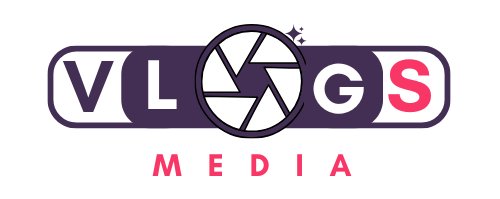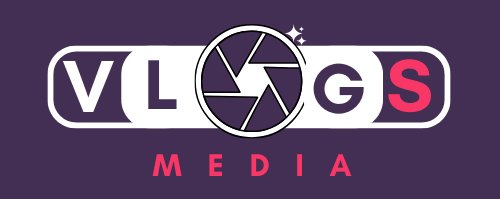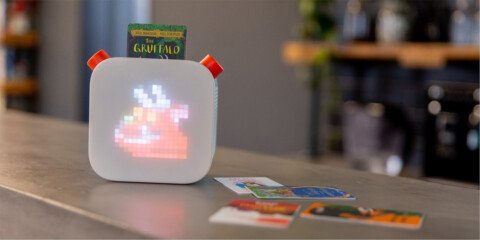Feeding your baby is full of excitement, joy and sometimes a little uncertainty. One of the most important milestones in your baby’s development is when they start eating solid foods. Transitioning from breast milk or formula to solid foods is an important stage when your little one is introduced to a world of flavors, textures and new experiences. In this blog, we’ll discuss how to start solid foods, when is the right time to do so and important tools to make the process easier for you and your baby.
When to Start Solid Foods
Knowing when to start solid foods is one of the first steps to making sure your baby’s nutritional needs are being met. According to pediatricians, most babies are ready for solid foods between 4 and 6 months of age. However, since every baby is different, it’s important to look for signs that they’re ready and not just rely on age.
Signs your baby is ready for solids:
Head control: Your baby should be able to hold his head still while sitting.
Interest in food: If your baby shows interest in your food, reaches for it, or watches you eat, he may be ready to try solids.
Sitting upright: While your baby doesn’t need to sit completely unaided, he should be able to sit upright with little support.
Decreased tongue thrust reflex: Babies have a natural reflex that pushes food out of their mouths, but after about 6 months, this reflex subsides, making it easier for them to swallow solids.
If your baby is showing these signs, it’s probably the right time to introduce solids. However, always consult your pediatrician before starting solids to make sure it’s the right choice for your baby.

How to Start Solids: First Foods
The first food you give your baby should be simple, easy to digest, and full of nutrients. For many parents, the first food they offer is often rice cereal, but there are many other good options to consider.
Recommended first foods for babies:
Single grain baby porridge: Rice cereal is a common choice for first food, but you can also choose oat or barley porridge. It is easy to digest and provides essential nutrients.
Pureed fruit: Apples, pears and bananas are gentle on the stomach and easy to puree. You can steam the fruit and mix it with water, breast milk or formula.
Pureed vegetables: Sweet potatoes, carrots and peas are good choices for vegetables. They are full of vitamins and minerals and you can cook and mash or puree them until they have a smooth consistency.
Pureed meat: Once your baby is used to fruits and vegetables, you can introduce pureed meat such as chicken or turkey. These provide protein and iron.
Avocado: Avocados are nutrient-dense and full of healthy fats. They are easy to mash and serve as a first food.
Introduce your baby one new food at a time and wait three to five days before offering another. This will allow you to observe any possible allergic reactions. If your baby tolerates one food well, you can gradually introduce more variety.
When to introduce more texture
At around 8 to 10 months, your baby will begin to develop the ability to tolerate more textured foods. While purees are great in the first few months, as your baby grows, he will be ready to tolerate foods with a little more texture. You can start offering pureed foods, small pieces of soft fruit or vegetables, and even small pieces of cheese or pasta.
Some babies are ready to try finger foods at around 9 to 12 months. Examples of safe finger foods include:
Small pieces of soft fruit (banana slices, apple wedges)
Soft cooked vegetables (carrot sticks, sweet potato cubes)
Small pieces of pasta (well cooked)
Scrambled eggs
Strips of toast with avocado or hummus
Remember that every baby is different and some are more interested in textures than others. Always supervise your baby while eating to avoid choking.
Feeding Tools Needed
Introducing solid foods is an exciting time, and having the right tools can make the transition easier for you and your baby. From high chairs to spoons, having the right feeding tools can help make mealtimes safe, comfortable, and enjoyable.

Essential feeding tools for babies:
Baby spoons: Choose spoons with soft, rounded tips that are gentle on your baby’s gums. There are many baby spoons with soft silicone tips that are great for your baby’s sensitive mouth.
High chair: A high chair provides a safe place for your baby to sit while eating. Look for a high chair with adjustable features that will grow with your baby. Make sure the chair has a wide, stable base so it won’t tip over.
Bowls and plates: Non-slip bowls and plates are important to avoid spills during mealtimes. Some bowls come with suction cups that help keep them in place. A divided plate can help separate different foods, making it easier for your baby to try different tastes and textures.
Bibs: Baby bibs help catch the mess that comes from feeding. Opt for bibs made from easy-to-clean materials like silicone, which are great for catching spills and crumbs.
Food processor or blender: You’ll need a blender or food processor to make purees in the first few years of life. These appliances make it easy to mash or puree fruits, vegetables, and meats until you get the perfect consistency for your baby.
Munchkin Fresh Food Feeders: These feeders allow your baby to try solid foods safely. The food is placed in a mesh bag that prevents choking, making them perfect for introducing fruit or frozen foods like chilled breast milk or yogurt.
Baby cups or sippy cups: As your baby gets older, he or she will learn to drink from a cup. Start with a sippy cup with a leak-proof valve and easy-to-hold handles. Over time, you can introduce regular cups.
Food containers: After you prepare baby food in large quantities, you’ll need storage containers to keep it fresh. Look for BPA-free containers that are safe to store in the freezer or refrigerator.

Common challenges when introducing solid foods
Although introducing solid foods is an exciting milestone, it can also present some challenges. Here are some common problems parents face when introducing solid foods and how to deal with them:
Baby refuses food: It’s common for babies to refuse new foods at first. Don’t worry if your baby refuses a certain food; he may just need more time to get used to the texture and taste. Try offering the same food a few days later or mixing it with a familiar favorite food.
Allergic reactions: Allergic reactions are rare but possible. Introduce one food at a time and wait a few days before adding another new food to check for any possible allergies. Signs of an allergic reaction include a rash, vomiting, or difficulty breathing. If you notice any of these signs, contact your doctor immediately.
Choking Hazard: Always supervise your baby during mealtimes and do not give him foods that are too hard, small, or difficult to chew. Cut foods into small pieces and always make sure the consistency is appropriate for age.
Messy Feeding: Introducing solid foods can get messy, and that’s part of the fun! Encourage your baby to explore his food, but be prepared to clean up afterward. Use bibs, wipes, and high chairs that are easy to clean.
Conclusion
Introducing solid foods is a big step in your baby’s growth and development. With the right foods and feeding tools, you can help make the transition smooth, enjoyable, and safe. Take your time introducing new tastes, textures and experiences. Remember that every baby is different, so it is important that you follow their lead and trust your instincts. Most importantly, enjoy this special time as your baby begins to explore the world of food!
Feeding your baby is a learning process for both of you, and with patience and loveYou will both create wonderful memories.





